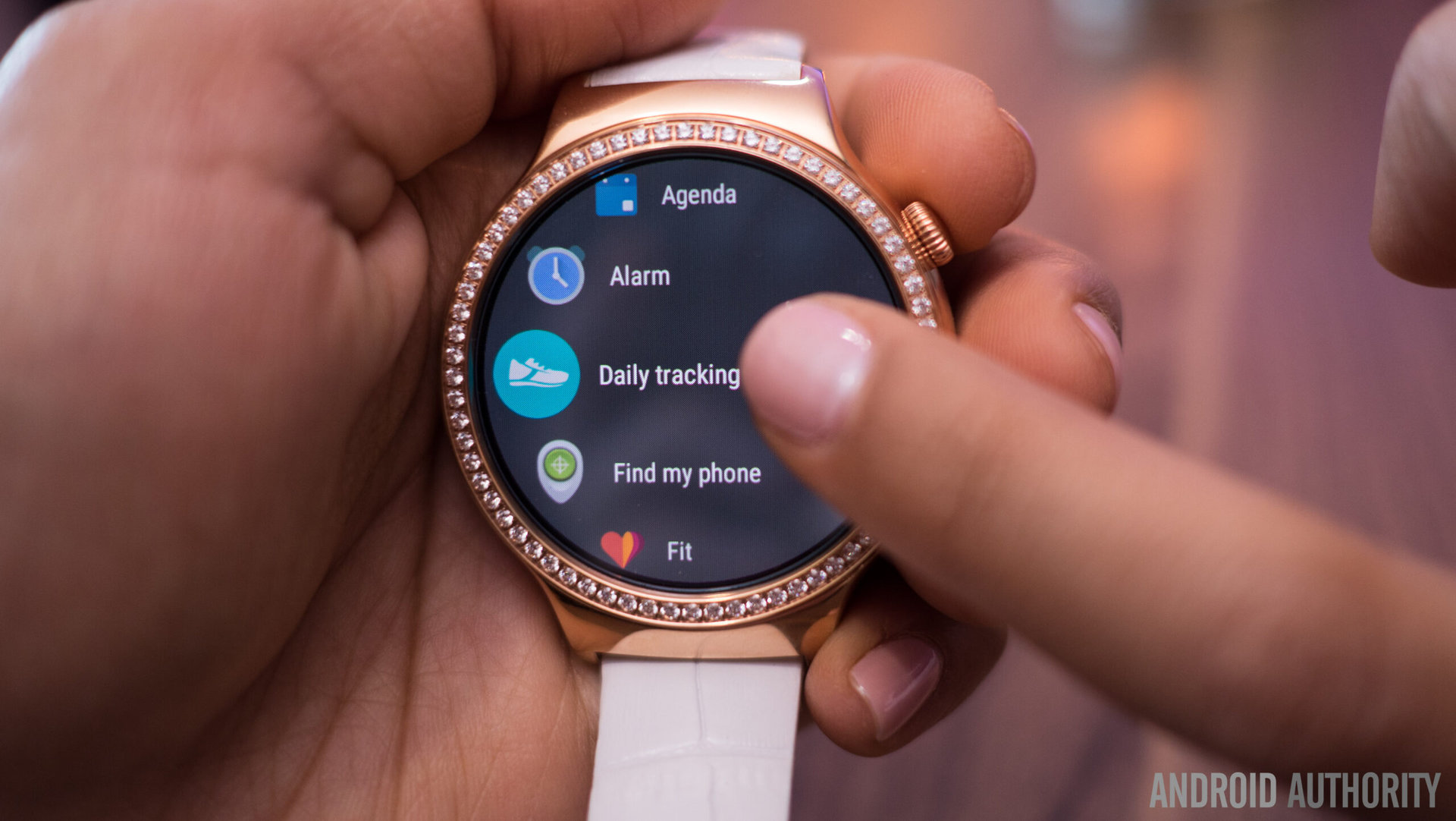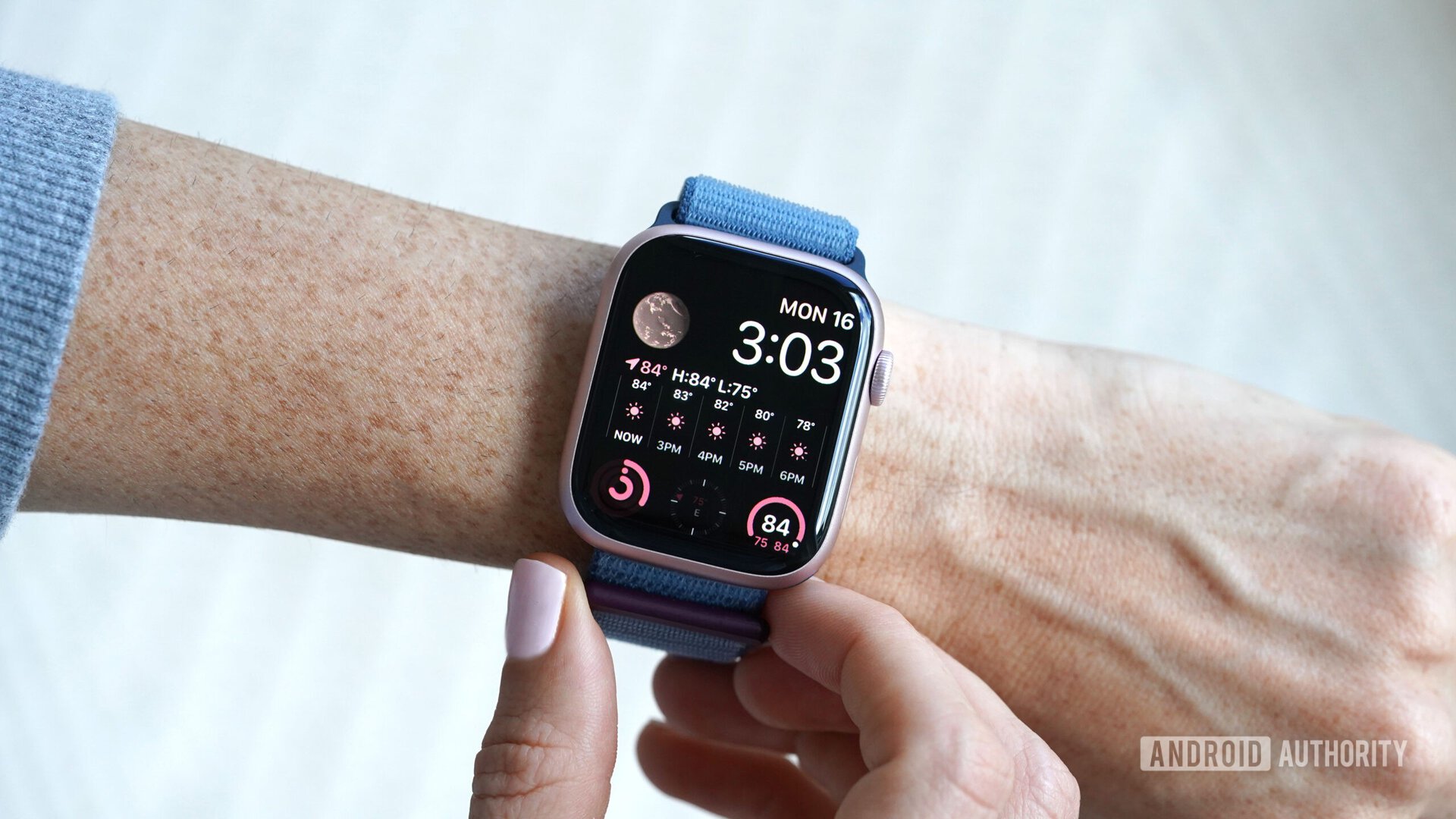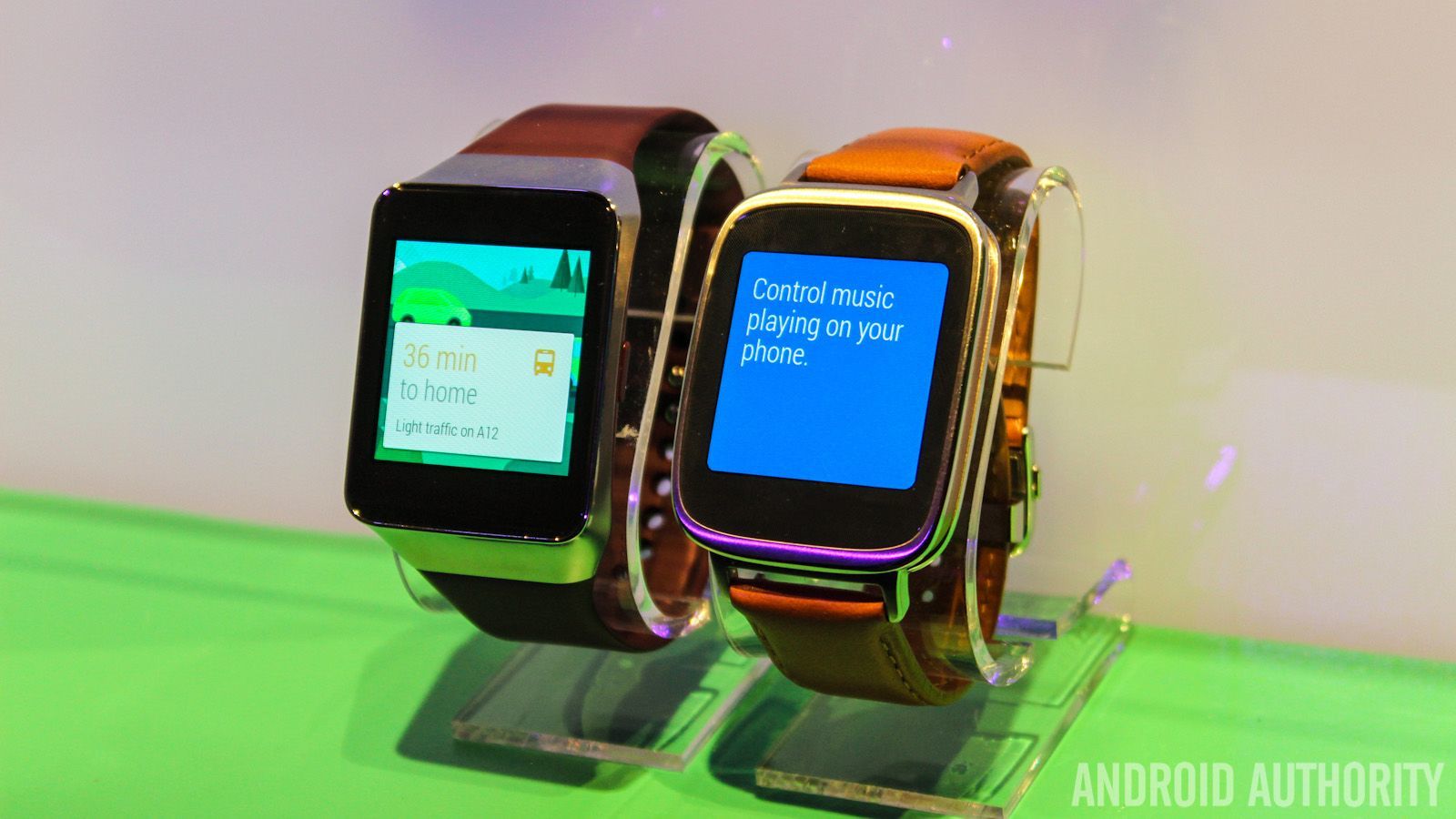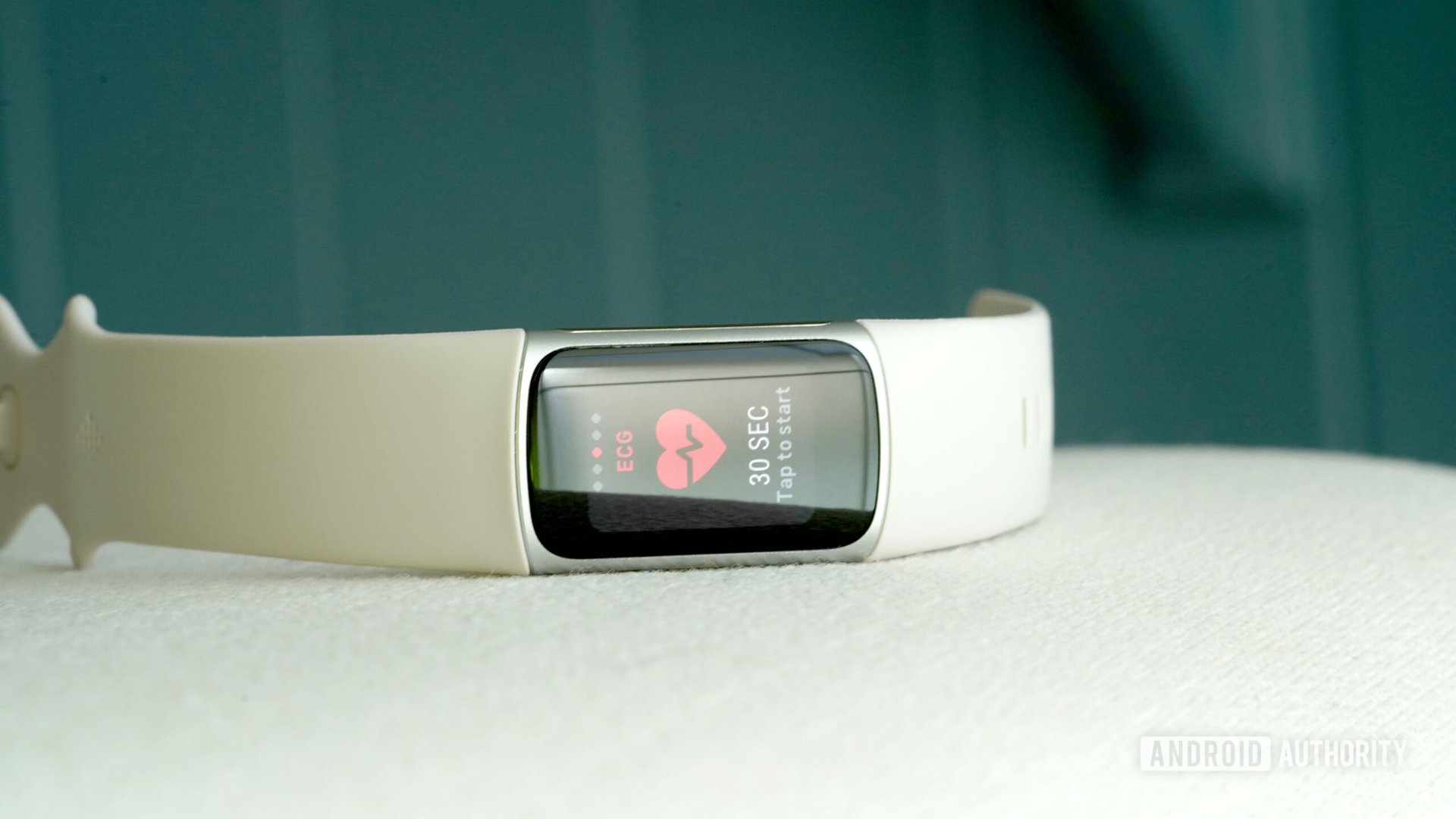Affiliate links on Android Authority may earn us a commission. Learn more.
Qualcomm is finally launching new, smaller smartwatch chips
Published onMay 9, 2018

- Qualcomm will launch new smartwatch chips later this year, two year after the popular Snapdragon Wear 2100 chipsets.
- The chips promise better battery life and will enable smaller watch designs, a company executive said.
- Watches with the new chip platform are set for release by the holiday season.
It feels like most Android Wear (now Wear OS) smartwatches have relatively bulky designs and disappointing endurance. Part of this can be attributed to the ageing Snapdragon Wear 2100 chipsets used by many of these devices. Fortunately, Qualcomm will be revealing new Snapdragon smartwatch chips later this year.
The company will launch the new chipset platform in fall, alongside a “lead smartwatch”, Wareable reported. Smartwatches with the new hardware will be available by the holiday season.
Qualcomm senior director of wearables Pankaj Kedia said the new chipset platform would have “dedicated chips that make your watch look pretty when you’re not looking at it.” This suggests that the always-on/ambient features are set for a big boost in power saving and functionality.

The new chips are also set to have Bluetooth and Wi-Fi as standard, while LTE connectivity will appear on “many” watches, the publication reported. More sport/fitness watches will gain GPS functionality too.
Speaking of sport and fitness, the new chipsets are capable of powering sensors such as heart-rate monitors for a longer time. This potentially opens the door for more accurate tracking and new health features.
Smaller, longer lasting watches

The Snapdragon Wear 2100 was built on a 28nm manufacturing process in 2016, but the website says Qualcomm is now working on something more “front-line.” In other words, we can expect the new smartwatch chips to be built on a smaller manufacturing process. A smaller process generally translates into better endurance and enables a smaller form factor.
Kedia said consumers can expect a “significant” increase in active and standby battery life — exact figures weren’t available.

It’s not just the hardware department that’s receiving love though. Google has been paying more attention to its wearables OS lately, including by rebranding it as Wear OS. The company also added Google Assistant voice responses and smart suggestions to the watch platform.
Will these improvements be enough to revive smartwatch sales? Well, size and battery life have always been two criticisms of current smartwatches. So, if these new watches fail to perform at cash registers, brands can’t blame the hardware anymore (if the hardware delivers in the first place).